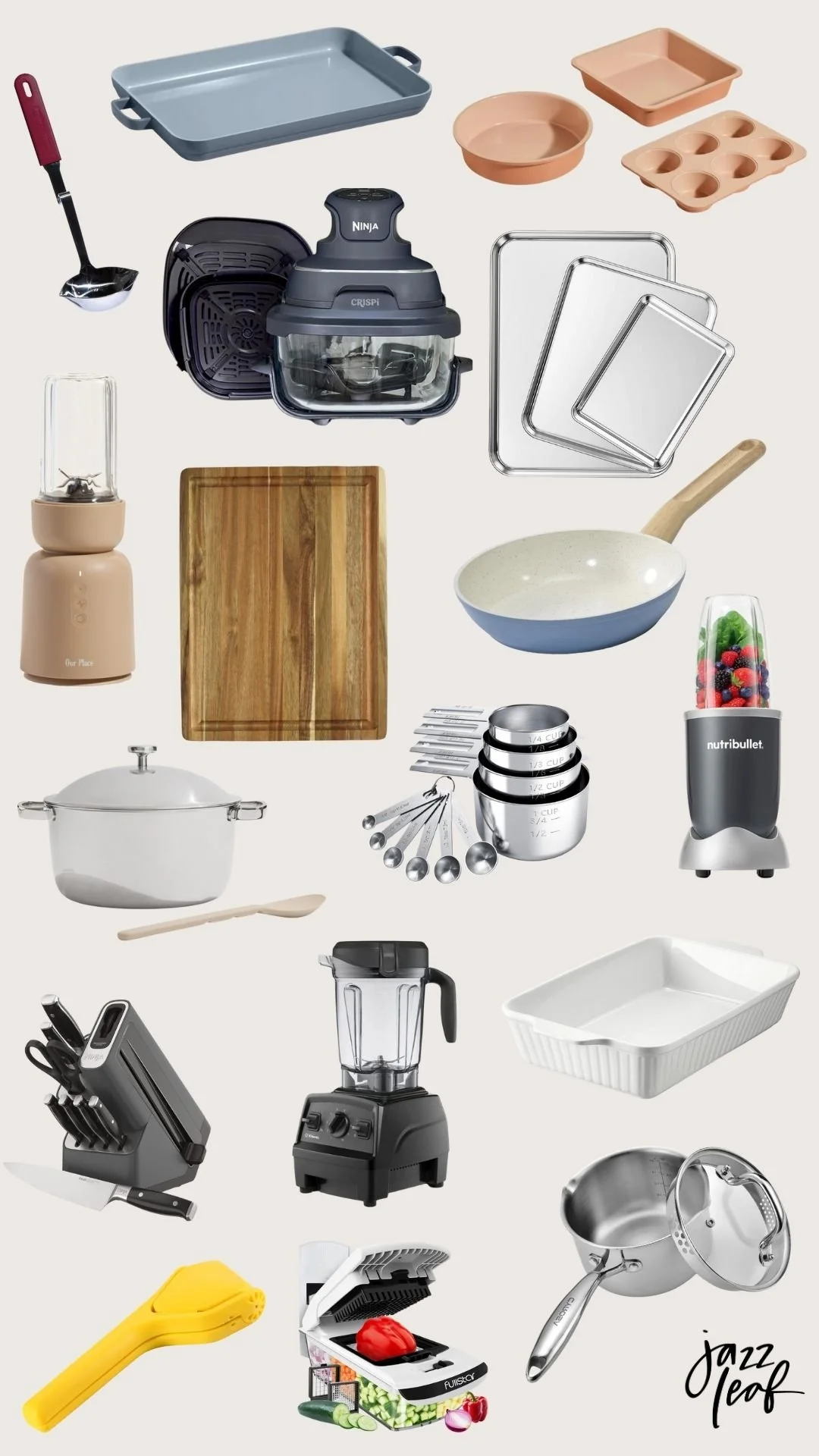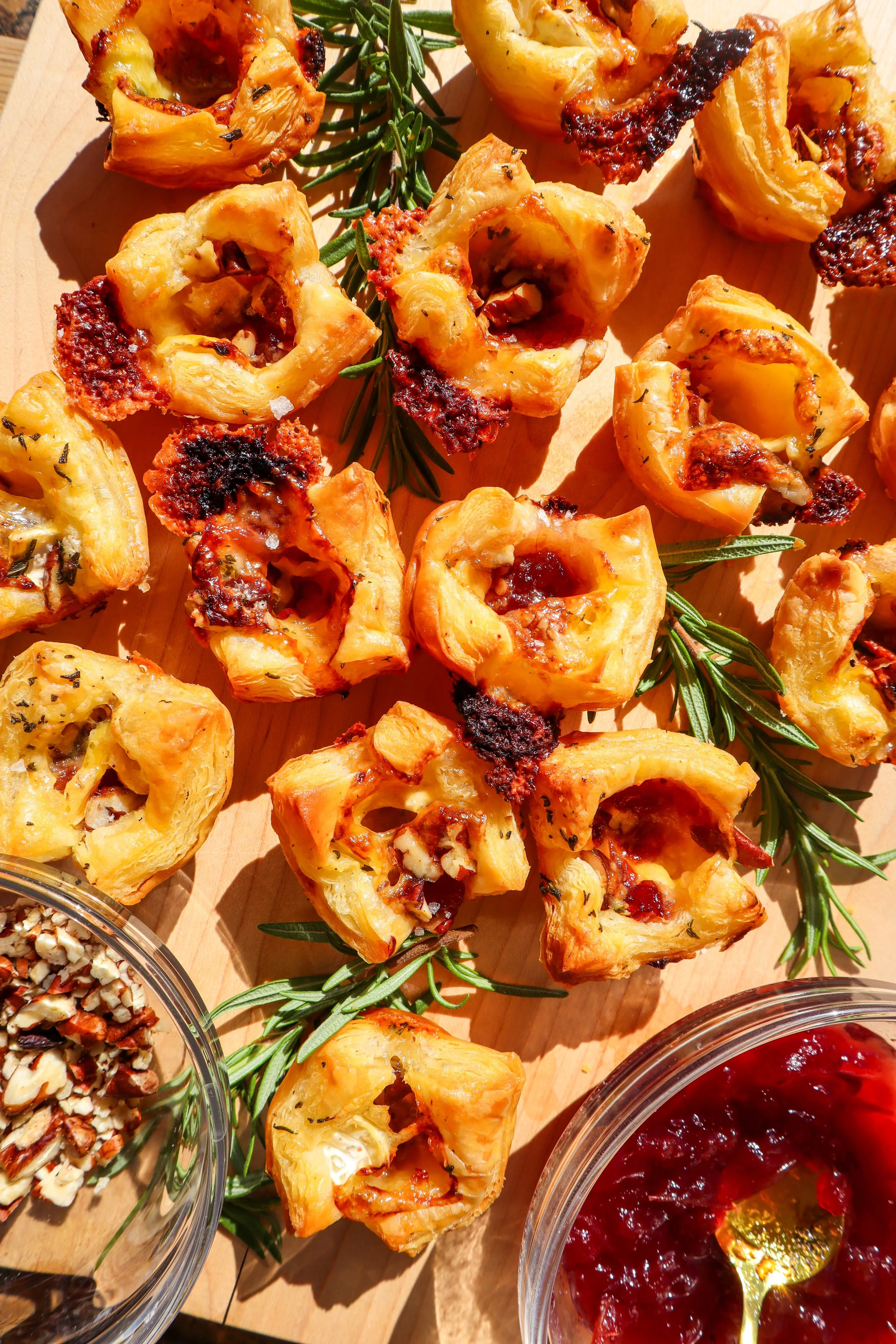How to Pick the Perfect Watermelon (Easy Tips)
Watermelon season is here! Sunshine, warm breezes, and the sweet scent of summer practically melt away with every bite of this refreshing fruit. But with overflowing bins at the grocery store, how do you pick the perfect watermelon for that perfect summer picnic or backyard barbecue?
This guide will equip you with all the easy tips you need to find a perfectly ripe and juicy watermelon, every single time.
What to Look for at First Glance
When you first approach the watermelon section, it might seem overwhelming with so many different varieties and sizes. But don't worry, the easiest thing to do is to start by looking at the overall appearance of the watermelons.
The Field Spot and Underside of the Watermelon
One of the most important things to check is the field spot. This is the area where the watermelon rested on the ground while it was growing. A creamy yellow spot is a good sign of ripeness. Avoid melons with a white or green spot, as these are likely immature watermelons.
Next, flip the melon and check the underside. The underside of the watermelon should have a uniform shape and no irregular bumps or soft spots. A watermelon with a creamy yellow spot and a smooth underside is likely to be sweet and juicy.
How Heavy is the Watermelon?
A heavy watermelon is often a sign of ripeness. Pick up a few watermelons and compare their weights. A heavier melon for its size means it has high water content, making it juicy. This is one of the best ways to ensure you are getting a good watermelon.
Checking the Sound
Another trick is to give the watermelon a tap. A hollow sound, often described as a deep sound, is what you’re looking for. This indicates that the fruit is full of water and perfectly ripe. A dull thud, on the other hand, might mean the melon is overripe or not juicy enough.
Understanding Watermelon Season
The best time to buy watermelons is during the peak of watermelon season. This varies depending on your climate zone, but generally, it is from early May through September. During this time, watermelons are at their best flavor and juiciness.
Different Varieties and Their Characteristics
There are many different varieties of watermelons, each with its own unique flavor and characteristics. Here are a few popular ones to look out for:
Sugar Baby
This smaller variety is perfect for small gardens and containers. Sugar Baby watermelons are known for their sweet flavor and juicy goodness.
Crimson Sweet
Crimson Sweet watermelons are larger and have a bright red flesh. They are extra sweet and often have a high water content.
Seedless Varieties
Seedless watermelons are a convenient option if you prefer not to deal with seeds. They are just as sweet and juicy as their seeded counterparts.
Tips for Growing Your Own Watermelons
If you have the space, growing your own watermelons can be incredibly rewarding. Here are some tips to get you started:
Choosing the Strongest Seedlings
When selecting seedlings, look for the strongest ones with a healthy green color. Plant them in a location that gets consistent amounts of sun and has well-drained soil.
Planting in the Right Climate Zone
Watermelon plants thrive in warm climates. Make sure you plant them after the last frost and when the soil temperature is at least 70°F.
Watering and Care
Watermelons need a lot of water to grow juicy fruit. Keep the soil consistently moist but not waterlogged. Mulch around the plants to retain moisture and reduce weeds.
Watching for Ripeness
As your watermelons grow, keep an eye on the field spot and tendril. When the spot turns creamy yellow and the tendril dries up, it’s time to harvest your perfectly ripe watermelon.
Additional Tips and Tricks
Here are a few more helpful tips to ensure you pick the best watermelon every time:
Checking for Sugar Spots
Sugar spots are brown, rough patches on the watermelon’s skin. These are a good sign that the melon is sweet, as they indicate where sugar has oozed out.
Avoiding Shiny Melons
A shiny melon can be a sign of an immature watermelon. Look for a duller skin, which indicates a ripe fruit.
The Sound Test
Besides the hollow sound test, some people swear by listening for a flat sound. This can sometimes indicate a denser, juicier fruit.
The Underside Test
Feel the underside of the melon. It should be firm and free of soft spots. Soft spots can be a sign of overripe or rotten fruit.
Storage and Serving Tips
Once you’ve picked the perfect watermelon, proper storage and serving are key to enjoying its full flavor.
Room Temperature Storage
If you plan to eat the watermelon within a few days, you can store it at room temperature. For longer storage, place it in a large container in the fridge.
Cutting and Serving
When it’s time to enjoy your watermelon, use a sharp knife to cut it into wedges or cubes. Serve it chilled for a refreshing treat.
Using Leftovers
Leftover watermelon can be stored in an airtight container in the fridge. Use it within a few days for the best flavor. It’s perfect for smoothies, salads, or just as a sweet snack.
Picking the perfect watermelon doesn’t have to be a challenge. With these easy tips and a bit of practice, you’ll soon be choosing the juiciest, sweetest melons every time. Whether you’re at the grocery store, farmers' market, or growing your own watermelons, these tips will help you find the best watermelon. So, next time you’re in search of a sweet treat, remember these tips and enjoy the juicy goodness of a perfectly ripe watermelon.




































